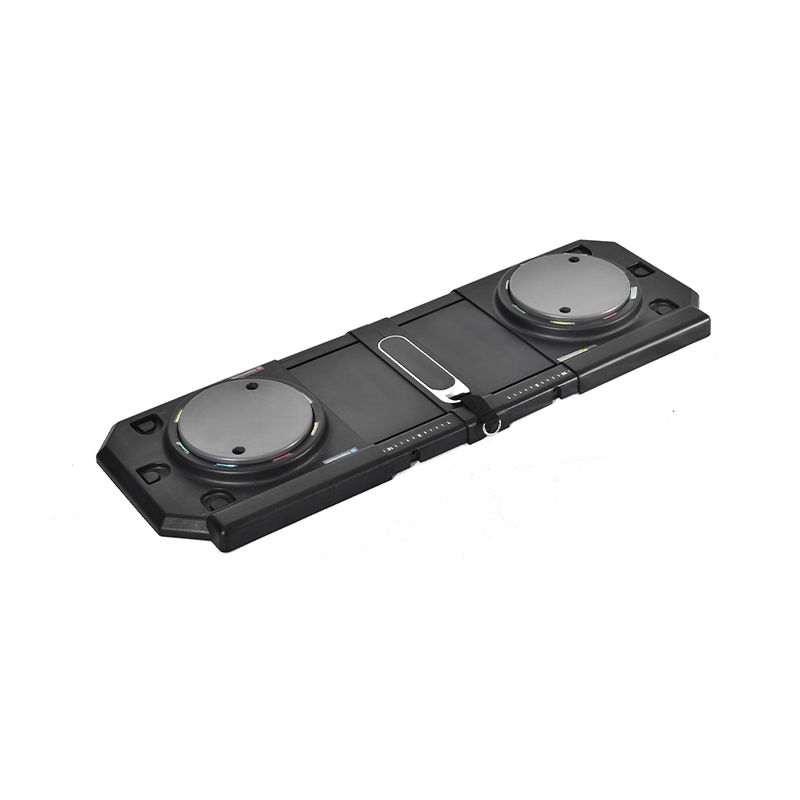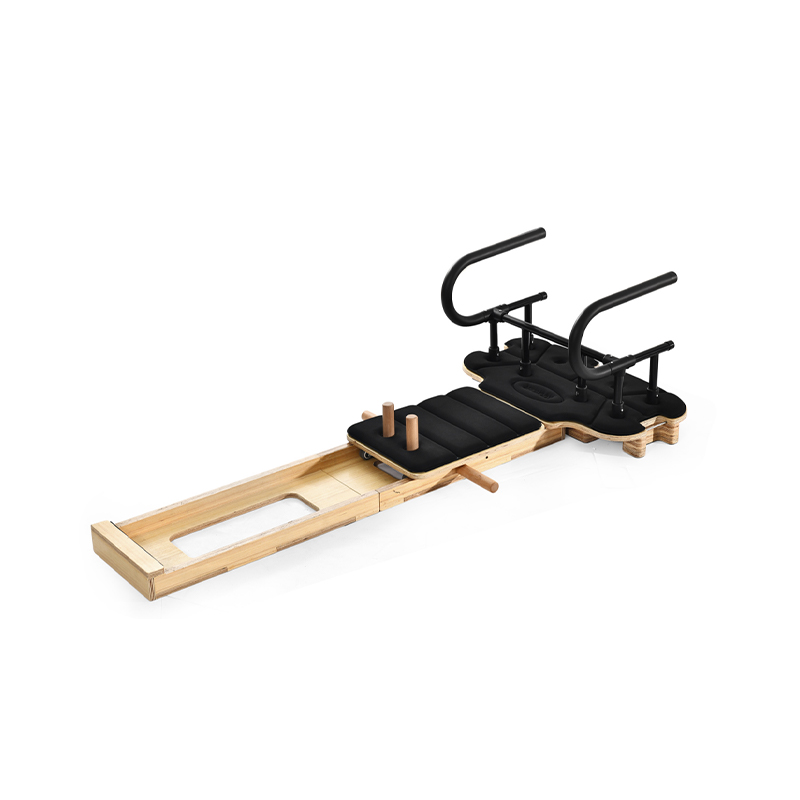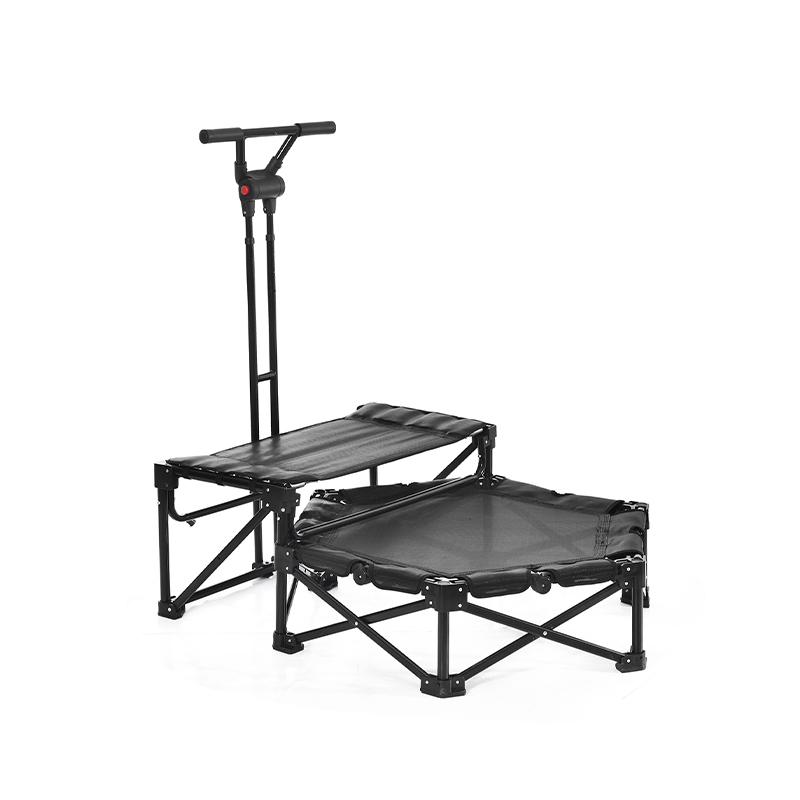If there’s one move that can make your arms, core, and schedule equally grateful, it’s the Push-up Plank. It’s part plank, part push-up, and entirely designed to make your body question why it ever settled for “just one or the other.”

Push-up Plank and the Efficiency Game
Imagine doing your usual set of planks and push-ups separately. You hold a 60-second plank, collapse, then crank out 20 push-ups while silently regretting every life decision. The Push-up Plank says: combine them. The result? Nearly 30 % less training time while activating more muscle groups.
Users describe it as the “two-for-one deal” of fitness — working chest, triceps, shoulders, core, glutes, and even quads in one seamless motion. Instead of equipment clutter or endless reps, they’re finishing sessions faster and feeling stronger. For busy buyers, that’s not just a workout; it’s a productivity upgrade.
Push-up Plank and the Buzz of Positive Feedback
Scroll through fitness communities, and you’ll see it everywhere — people timing themselves, posting their daily counts, and joking about how the first 10 seconds feel heroic and the next 10 feel eternal. Comments like “burns but worth it” and “never thought one exercise could do this much” are common.
What drives the hype? It’s the mix of simplicity and challenge. You don’t need a fancy gym setup or a degree in biomechanics. Just gravity, determination, and maybe a mat if your floor isn’t friendly. Buyers love that they can see visible progress within weeks — tighter cores, stronger arms, and better posture — all without complicated routines or gadgets.
Push-up Plank Compared to Other Training Methods
Let’s put numbers on the table.
- A standard plank activates primarily the core and shoulders.
- A regular push-up engages chest and triceps.
- The Push-up Plank, however, can increase total muscle engagement by nearly 40 % across multiple areas.
In endurance terms, people report maintaining effort longer because the alternation between static hold and motion distributes fatigue more evenly. In other words, you don’t burn out your arms before your abs even wake up. For anyone seeking maximum return per minute, the data speaks clearly: the Push-up Plank hits more targets with fewer sets.
Push-up Plank Use Cases for Every Buyer
- For beginners, it’s about form first. Start with short intervals — 20 seconds plank, 5 push-ups, repeat. Focus on alignment and breathing.
- For intermediates, try dynamic transitions: 10 plank-to-push-up moves in sequence, minimal rest.
- For advanced users, experiment with tempo control or weighted vests to amplify resistance.
Home exercisers especially appreciate its versatility. No cables, no machines, no excuses. And because it’s inherently challenging yet achievable, motivation tends to stick. Many buyers admit they keep doing it simply because it’s oddly satisfying — a battle between gravity and determination that ends in victory sweat.
Push-up Plank and the Smart Training Mindset
In a world filled with overcomplicated workouts and expensive equipment, the Push-up Plank quietly proves that progress doesn’t need to look flashy to be effective. It’s quick, adaptable, and surprisingly addictive.
For buyers searching for an exercise that maximizes results while minimizing fuss, this move delivers. The balance between strength and stability makes every rep feel like a win. So, roll out your mat, lock in your focus, and let the Push-up Plank remind you that efficiency can still be powerful, and simplicity can still burn .


 English
English русский
русский Español
Español







